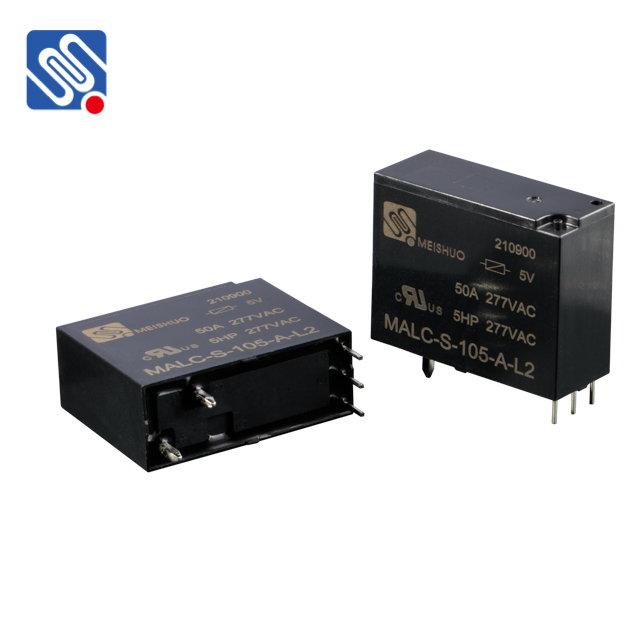Smart relays are an integral part of modern automation systems, bridging the gap between traditional electrical control and the advanced capabilities of today’s digital technologies. Unlike conventional relays, which are primarily used for switching electrical circuits on and off, smart relays offer a range of enhanced features, including remote control, real-time monitoring, and integration with other smart devices. This evolution is paving the way for more efficient, secure, and user-friendly control systems across various industries and applications.

The Basics of Smart Relays At its core, a smart relay is an advanced version of the traditional relay. It functions as a switch that can control the flow of electricity within a circuit, but with the added benefit of digital intelligence. Traditional relays operate by opening and closing contacts to control the flow of power to devices, such as motors or lights. Smart relays, however, are equipped with built-in microcontrollers, communication modules, and the ability to interact with other devices or systems. A smart relay can be connected to a network, allowing users to control it remotely via a smartphone, tablet, or computer. This remote control capability is a key feature that distinguishes it from traditional relays, which require manual operation or direct interaction with the physical device. With smart relays, users can monitor the status of devices, change settings, or even automate actions based on pre-programmed conditions or inputs from sensors.